The Physics of Quantum Metrology
Introduction
Quantum metrology is a branch of quantum physics that uses quantum theory to improve precision measurements. It has the potential to revolutionize many fields, including quantum computing, quantum cryptography, and quantum communication. Quantum metrology is based on the principles of quantum mechanics, specifically the properties of quantum superposition and quantum entanglement.
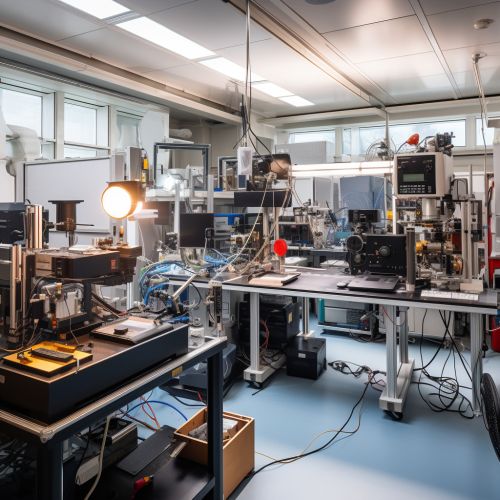

Quantum Mechanics and Quantum Metrology
Quantum mechanics is a fundamental theory in physics that describes the physical properties of nature at small scales, such as those of atoms and subatomic particles. It introduces concepts such as quantum superposition and quantum entanglement, which are key to understanding quantum metrology.
Quantum superposition is a fundamental principle of quantum mechanics that holds that a physical system—such as an electron in an atomic orbit—can exist in multiple states simultaneously. This principle is used in quantum metrology to create states that can improve measurement precision.
Quantum entanglement is another principle of quantum mechanics where pairs or groups of particles interact in ways such that the state of each particle cannot be described independently of the state of the other particles, even when the particles are separated by large distances. In quantum metrology, entangled states can provide measurement precision beyond what is possible with classical states.

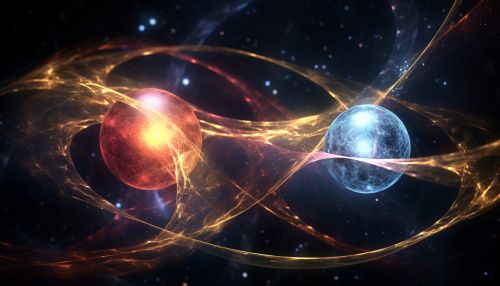
Quantum States and Precision Measurements
In quantum metrology, the goal is to use quantum states to make precision measurements. This is achieved by creating quantum states that are sensitive to the parameter being measured. The precision of these measurements is determined by the Quantum Fisher Information (QFI), a measure of the information that an observable random variable carries about an unknown parameter.
Quantum states used in quantum metrology can be broadly classified into two categories: product states and entangled states. Product states are quantum states where the state of each particle can be described independently of the other particles. On the other hand, entangled states are quantum states where the state of each particle cannot be described independently of the other particles.
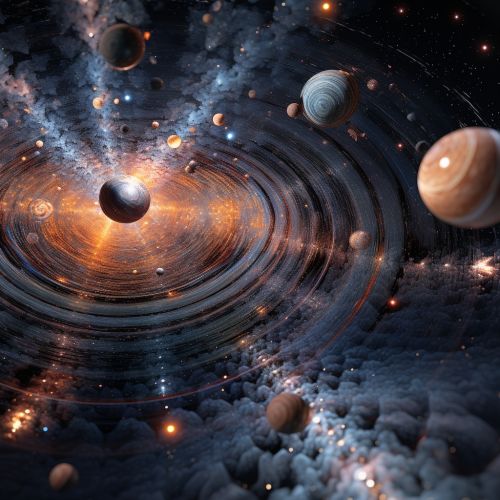

Quantum Noise and Quantum Metrology
One of the challenges in quantum metrology is dealing with quantum noise. Quantum noise is a type of noise that arises due to the quantum nature of particles. It can lead to errors in measurements and limit the precision of quantum metrology.
There are different types of quantum noise, including shot noise, phase noise, and technical noise. Shot noise arises due to the discrete nature of quantum particles. Phase noise arises due to fluctuations in the phase of quantum states. Technical noise arises due to imperfections in the measurement apparatus.
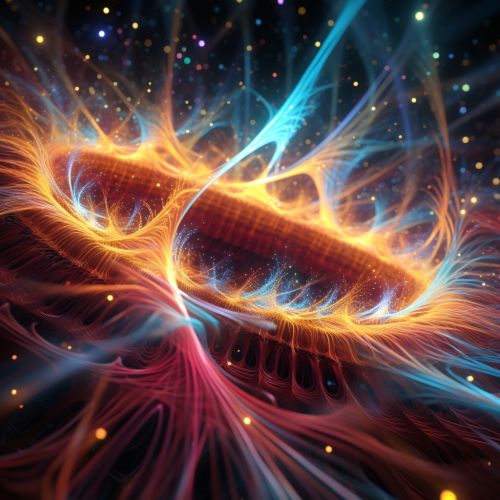
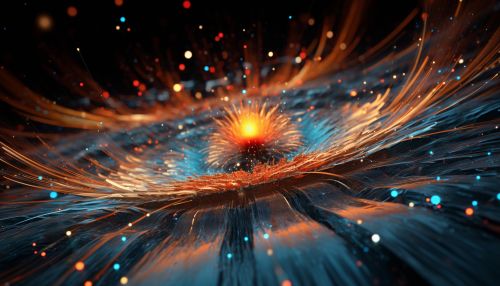
Applications of Quantum Metrology
Quantum metrology has a wide range of applications in various fields. In quantum computing, it can be used to improve the precision of quantum gates and quantum algorithms. In quantum cryptography, it can be used to improve the security of quantum key distribution. In quantum communication, it can be used to improve the fidelity of quantum teleportation.


